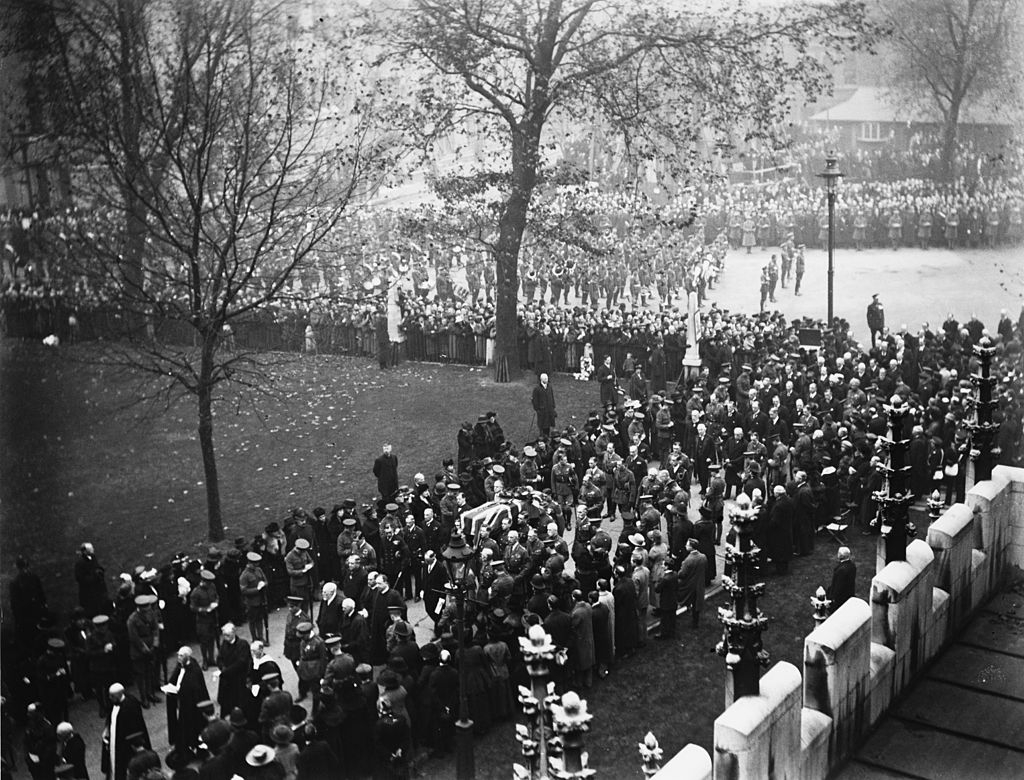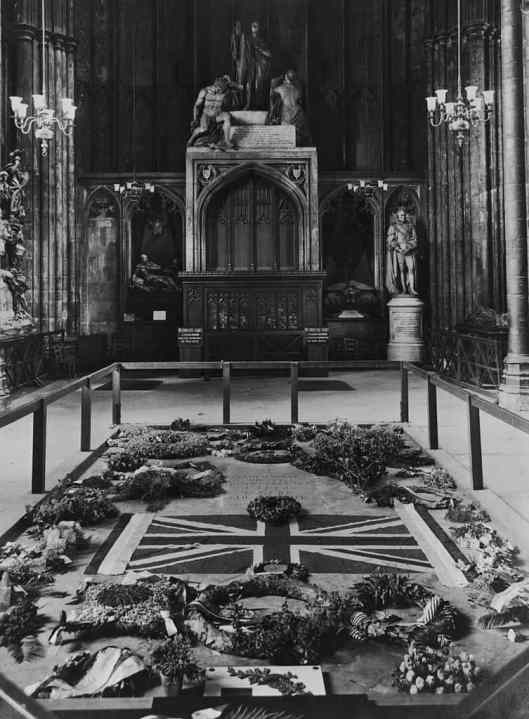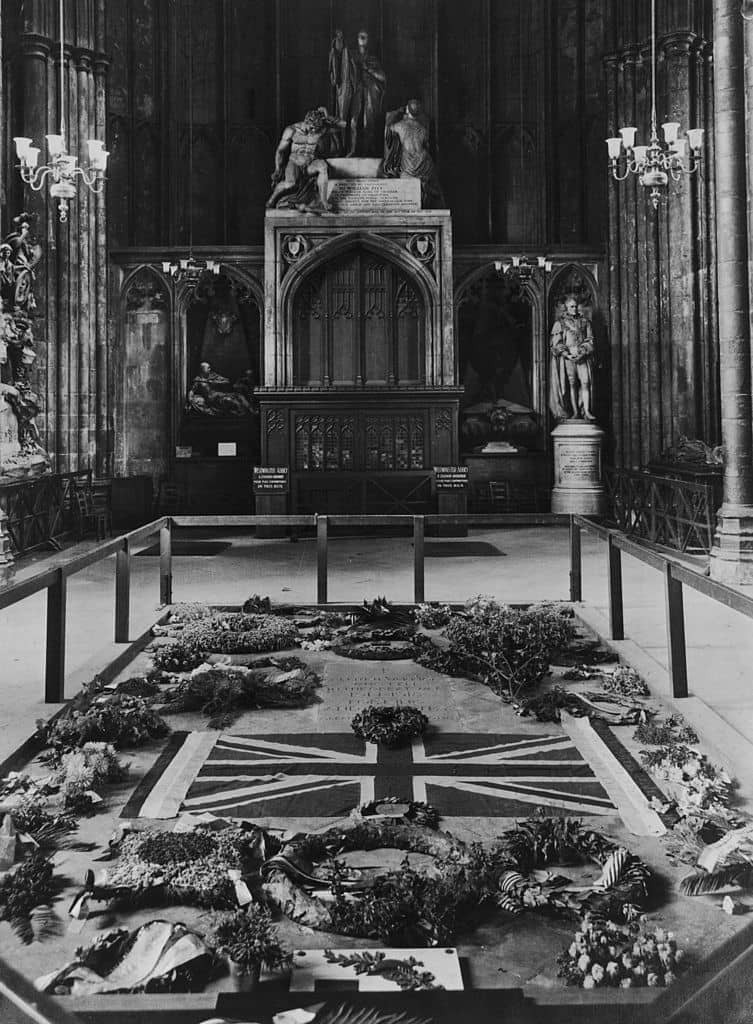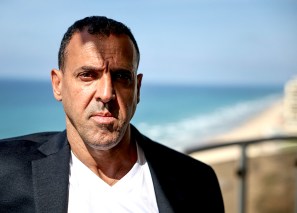The sound of footsteps on cobbled streets in the dead of night was a familiar sound in Margate during the autumn of 1920. The Reverend David Railton MC, the newly installed vicar of the town, frequently walked the streets unable to sleep, his mind ravaged by the memory of what he had witnessed during the war where he served as a chaplain on the western front.
Just a few days after one of these night-time strolls, on the anniversary of Armistice Day, Railton was at Westminster Abbey to see his flag, a Union Jack he had carried throughout the war, hung above the grave of the ‘Unknown Warrior’. A year earlier, the flag had been used to cover the coffin of the Unknown Warrior on his final journey from Victoria Station to Westminster Abbey.
David Railton first thought of the idea of creating a tomb for an unidentified soldier in 1916 in the village of Erquinghem-Lys near Armentieres in northern France. Returning to his billet he came across a grave marked with a rough wooden cross, which read ‘An Unknown British Soldier’. He was so moved by the sight that he resolved to create a tomb for an unknown soldier as a symbol of all those lost during the conflict. In the end it took four years before his plan was realised. In August 1920 he put his idea to the Bishop Herbert Ryle, Dean of Westminster Abbey, who then enthusiastically sought the permission of King George V and Prime Minster David Lloyd George.
On the 8 November, under strict secrecy, the Unknown Warrior was chosen from four unidentified bodies found at the Somme, Aisne, Ypres, and Arras battlefields. The chosen body then travelled from Boulogne to Dover on board HMS Verdun, and arrived by rail at Victoria station on the evening of 10 November where it was guarded overnight by soldiers from the Grenadier Guards. Throughout the journey from Boulogne to London, the route was lined with thousands of mourners paying their respects. The next morning under the mournful gaze of many hundreds of thousands more, the Unknown Warrior was carried on a horse drawn gun-carriage to his resting place ‘amongst kings’ in Westminster Abbey. It became the first ever tomb of the unknown soldier – an idea that has now spread around the world.

Much has been written about the burial of the Unknown Warrior and there have been several controversies about whose idea the burial was, whose flag was used, and even over details like how many bodies were selected from battlefields on the western front. Railton’s own role was hidden for many years because he was unwilling to accept praise for the idea, meaning his name was virtually unknown to the public until the 1930s, when an article about Railton and the Unknown Warrior appeared in the magazine, Our Empire.
Now he will always be remembered as the visionary behind the idea, but his life should be known for so much more. After leaving Margate, Railton became a curate at Christ Church, Westminster, where he became heavily involved with the Industrial Christian Fellowship. He later became vicar of St James church in Bolton, and Shalford in Surrey, before becoming the rector of Liverpool. On the outbreak of the second world war, aged 55, he volunteered to re-enlist but was turned down by the army. Despite this he later worked for the Royal Air Force part-time, visiting air stations before retiring to his home in Scotland in 1945.
As well as serving his country during times of war, David Railton dedicated his entire life to his fellow man. Whether it was trying to raise awareness of the plight of ex-servicemen, sheltering the homeless and needy, comforting the sick, or consoling grieving widows and their children; he sacrificed much so that he could help others. In a time of bitter sectarian division, he preached tolerance and understanding, and despite the class divisions of the time he worked hard to maintain the comradeship of the trenches.
During a visit to Westminster Abbey, stood at the foot of the grave of Unknown Warrior, I was surprised to see that Railton’s flag had been hidden away behind a pillar in St George’s Chapel. But having spent many, many hours researching this most amazing man, I suspect this is what he would have wanted. His flag now discreetly hangs just a few feet away from his great vision. For those who want to look, it’s there: unobtrusive, plain and simple. Unknown, but always very much part of our nation’s history.







Comments